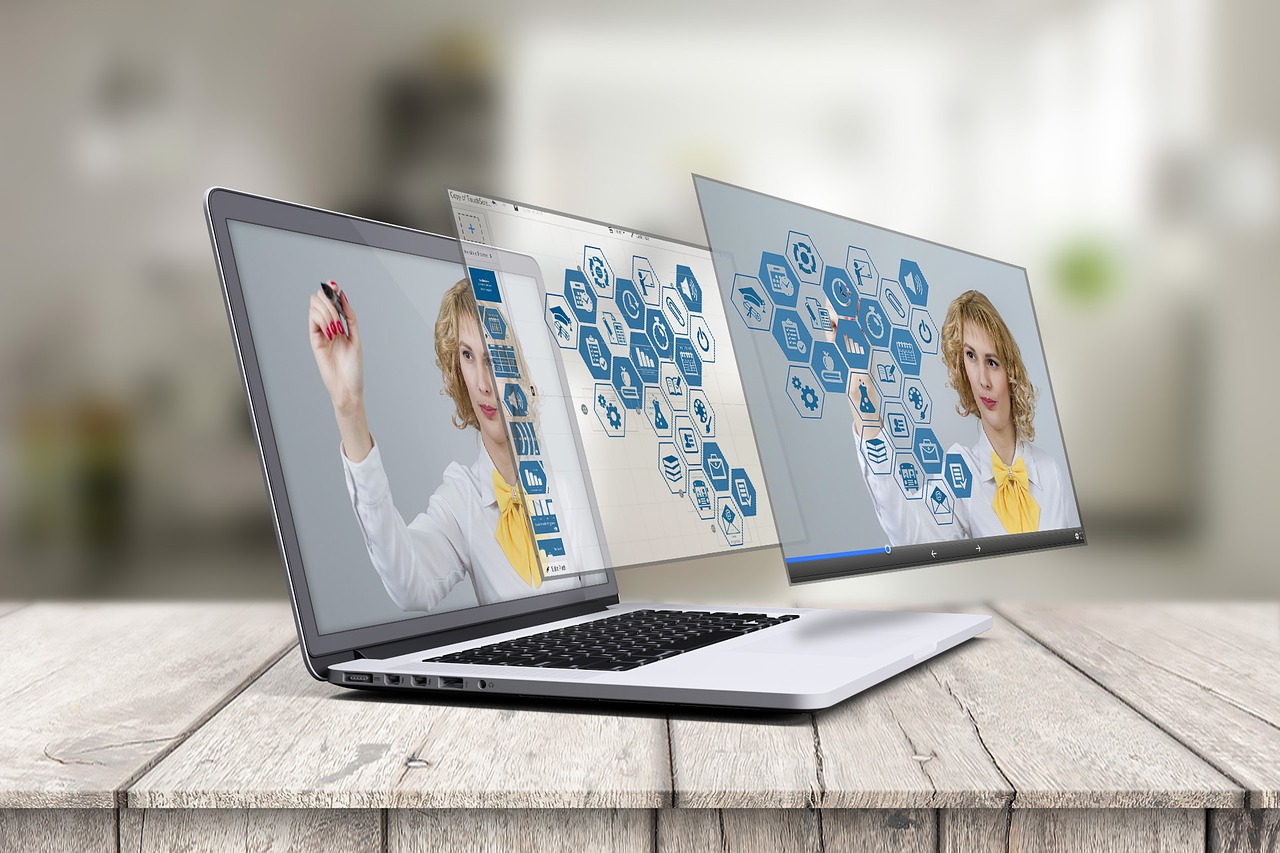During student teaching, we were taught to reflect upon our day. It’s a wonderful idea in theory. But, after a day of searching for missing pencils, having inside recess and asking a student why her bracelet is stuck in her hair, we are often too tired or too busy to reflect. The saving grace is being able to record and observe ourselves.
We use Edthena’s platform to record video. Here are benefits we’ve reaped from this exercise:
Objective observation. Video lets us see what actually happens in our classroom—what we say, what we do and how we interact with the students. It’s genuine. It shows our strengths and our weaknesses. Maybe we did not see that student put their pencil down and give up; maybe we call on another student too much; or maybe there needs to be more student to student interaction. In the middle of a lesson, this may be difficult to see because we are preoccupied with delivering the information dictated to us by the standards. However, allowing ourselves the opportunity to look at it again and reflect using a different lens is transformational.
Make the right changes. After we reflect, we consider translating or moving some things around in our lesson. In an inductive lesson, could we have sequenced the sharing of their work, could we make better connections between student understandings or could we have noticed a place in our lesson where we could build on what the students already know? Being able to watch ourselves lets us see where we can improve delivery.
Avert disaster. As career teachers, we know that there are those lessons that were a complete disaster! Watching video of ourselves helps us see when in our lesson we should have stopped and completely rotated. It enables us to be better prepared and notice these situations within a lesson before the entire class time is wasted.
Teachers aspire to be is lifelong learners. Even as we teach our students about transformation, we can use video to help us improve the way we deliver a lesson. Seeing ourselves from the student’s perspective, through video, enables us to transform into more effective math teachers.
Keisha Motley, a fourth-grade teacher, and Jessica Reynold, a math interventionist, work at Jenkins Elementary School in Newport News, Virginia.
